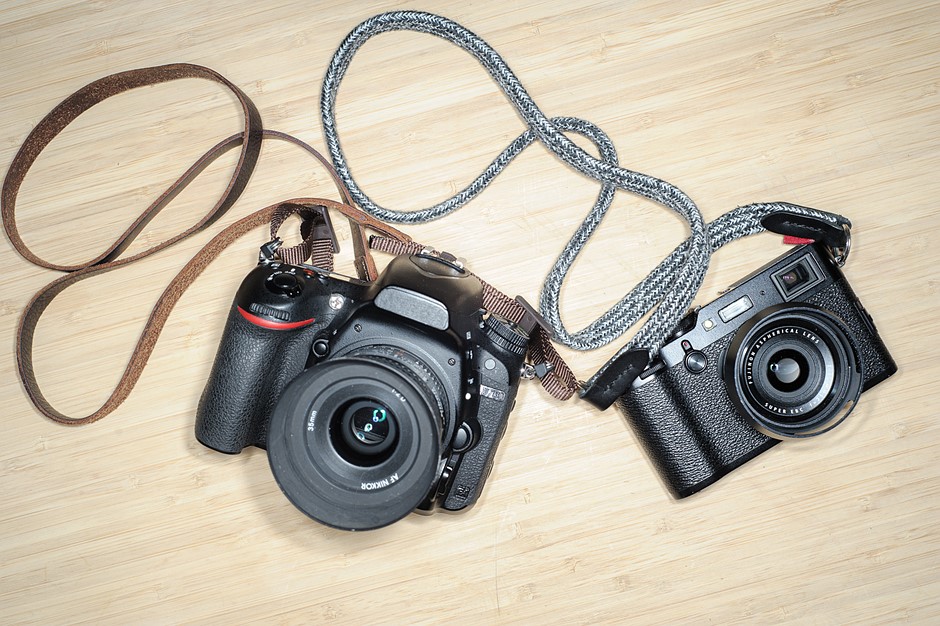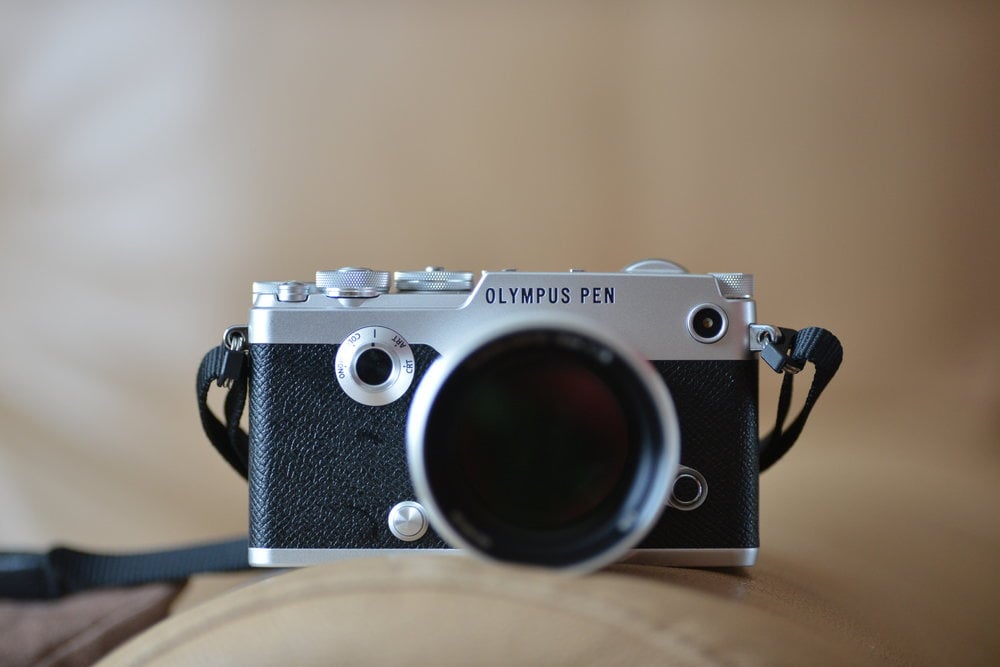1) The consortium should work more closely together.
>>> Agree
2) For starters, that Aperture ring featured on most Lumix lenses are not workable on the Oly bodies.
>>> Agree, but it could be easily set on a Olympus Camera because there is a front and back dial
3) The focal extenders,why must Oly and lumix have their own? Why can't we have 1 for all?
>>> In fact, even for Oly, the TC only work on 2 of their lenses (3 if you include the coming 150-400)
>>> The answer I got from Oly is that they have a special flange design where the TC is extended into these 2 lenses
which not fit other lenses including Olympus.
4) Then that IS, why restrict it? Can't this two partners share for the good of the users?
>>> Because Olym believe their IBIS is the best in the market, and is one of their selling points
(look at their website and brochures). Hence, I dont think they want to license it out.
So far, only the M43 Mount is being shared.
I do have a number of PL lenses since I started with the G9 first before getting the EM5.3
and so far, all the lenses worked perfectly except having to turn off the lens stabilizer






